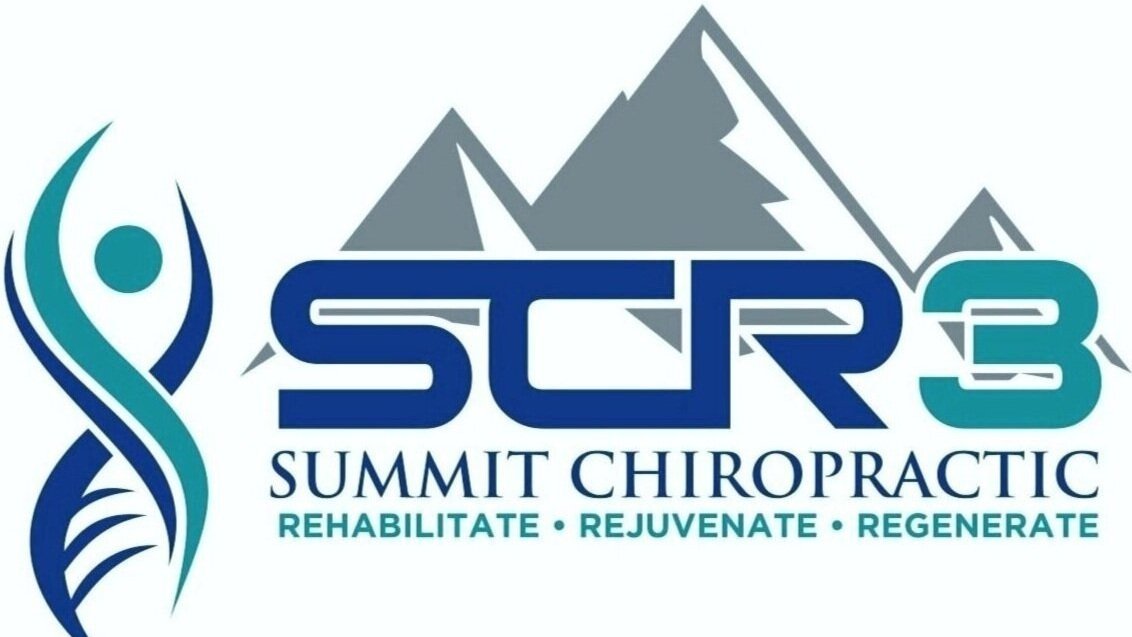Shockwave Therapy
Extracorporeal shockwave therapy (ESWT) has been a therapy utilized for decades. It was initially used to break up kidney stones, but it has been found to have broader applications as a treatment modality for tendon, muscle, and joint pain. Despite its name, shockwave therapy does not actually involve electricity on the tissues. This is one of the ways in which this therapy is different from TENS and E-stim. Instead ESWT sends a mechanical wave into the tissues imparted from the handpiece and conducted through the transmitter tip. Through this mechanism we can impart high amounts of mechanical energy into the targeted tissues in a short amount of time. In fact one of the major differences between another wave therapy; ultrasound, and ESWT is the sheer amount of mechanical energy imparted on the tissues. More mechanical energy means more stimulus for adaptation by the tissues, which for us means more effective treatment in shorter amounts of time.
What it does:
There are many ways in which shockwave therapy ESWT benefits our tissues:
· Increased Microcirculation
· Vasodilation due to release of nitric oxide
· Cell matrix stimulation (mechano-transduction)
· Release of Substance P
· Analgesic effects (pain-gating)
· Increased cell wall permeability (cell metabolism)
· Stimulation of growth factors (neovascularization)
· Stimulation of stem cells (cell proliferation)
Through these mechanisms of action, we have seen very beneficial effects in reducing treatment times, as well as effectively reducing and eliminating chronic injuries such as chronic tendon and ligament injuries. There is Level 1 (highest level) evidence regarding the effectiveness of shockwave therapy on many acute and chronic injuries.
Conditions it treats:
· Plantar fasciitis
· Heel spurs
· Tendonitis (Achilles, patella, rotator cuff etc..)
· Trochanteric bursitis
· Trigger points
· Frozen shoulder
· Scar tissue
· Muscle Pain
· Calcifications (including calcific tendinopathy)
· Myofascial Pain
· Lateral Epicondylitis (tennis elbow)
· Medial epicondylitis (golfers elbow)
· Fracture and bone healing (as well as shin splints)
· Knee osteoarthritis
Best Practices:
Our recommendations are not ones that we made up, but are used in the research for injures. Typically research recommend local treatment to the tissue causing issue, as well as to the muscles and connective tissues that cross the area. For instance, if you have pain at the Achilles tendon from Achilles tendinitis or Achilles tendinopathy we will perform a targeted treatment at the Achilles, and then also at the calf muscles that connect to the Achilles.
For Acute injuries (less than 3 months) we recommend:
· Consultation regarding Efficient and Effective rehabilitation
· Frequency of 1x per week for 4 weeks (4 ESWT treatments)
· Consultation regarding strength training and preventative measures
For Chronic injuries (more than 3 months) we recommend:
· Consultation regarding graded exposure and rehabilitation
· More aggressive treatment of 2x per week for 4 weeks (8 ESWT treatments in 4 weeks)
· Consultation regarding continues strength training and returning to sport or activity
Recommended adjunct treatments:
· Nutritional supplementation with collagen. More on that with our blog post HERE
· Therapeutic laser treatment

